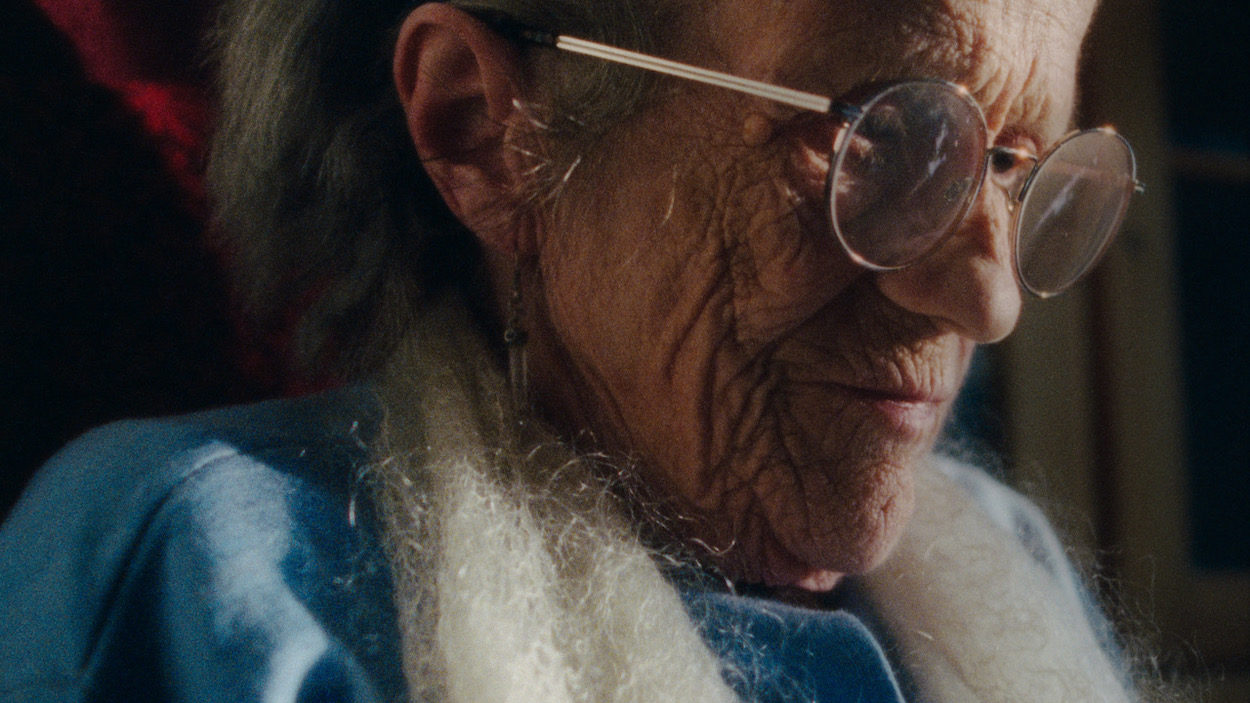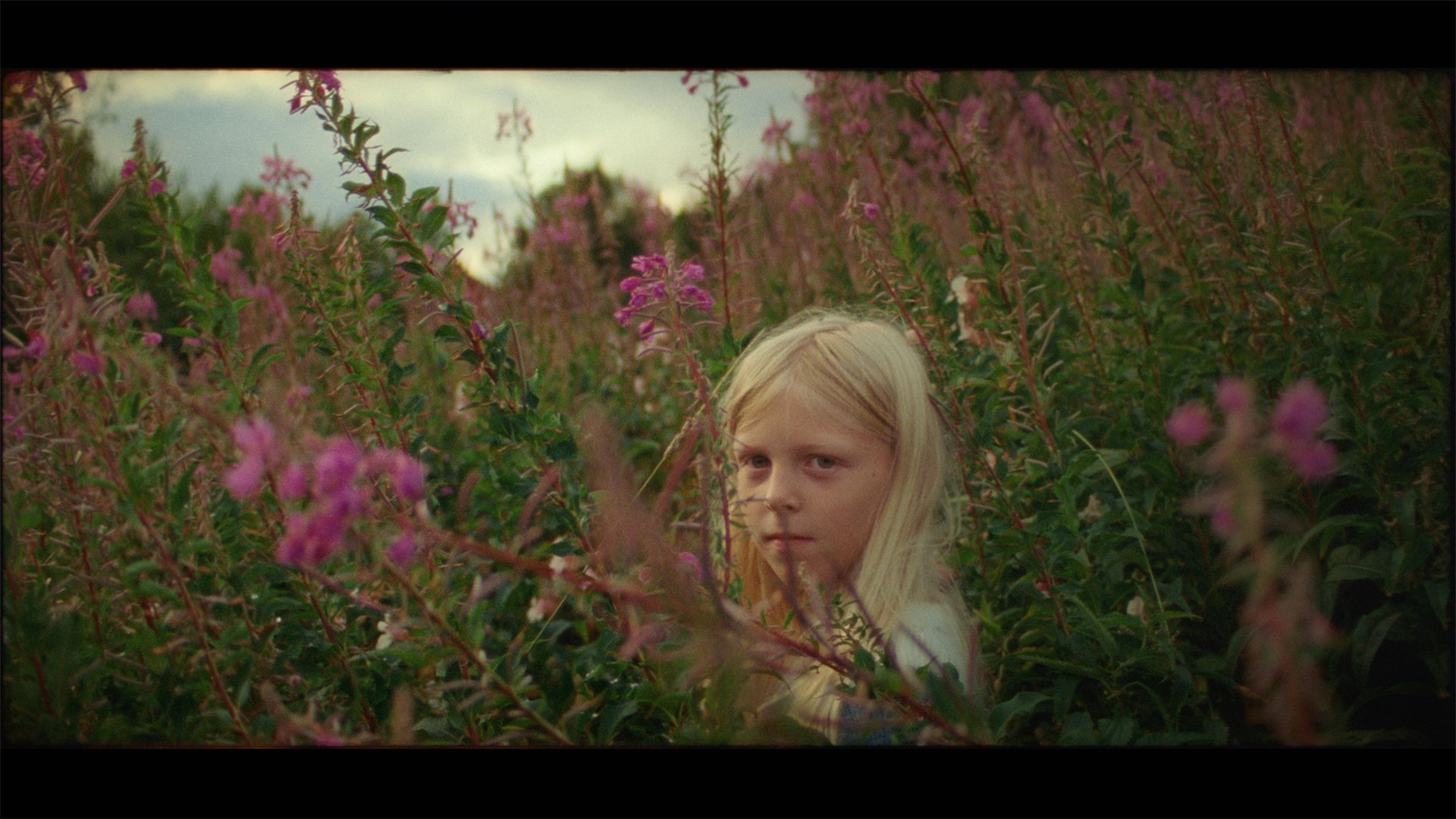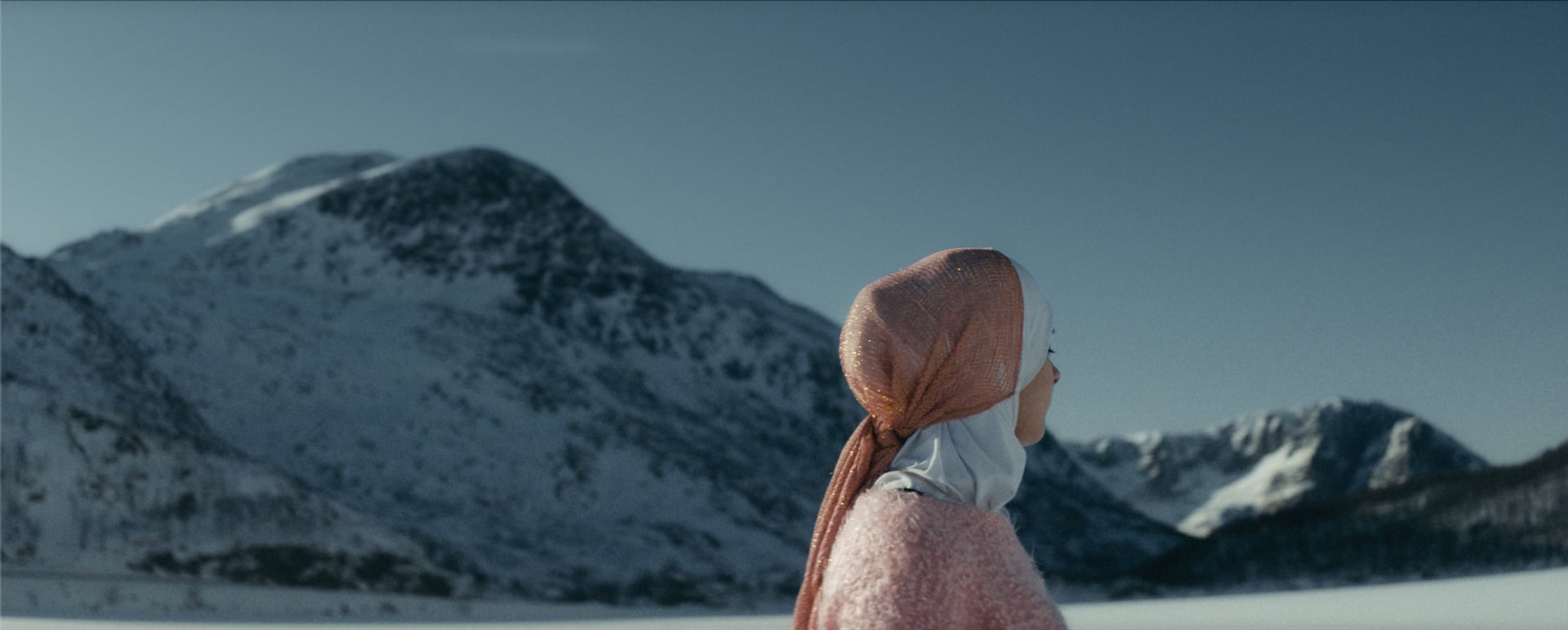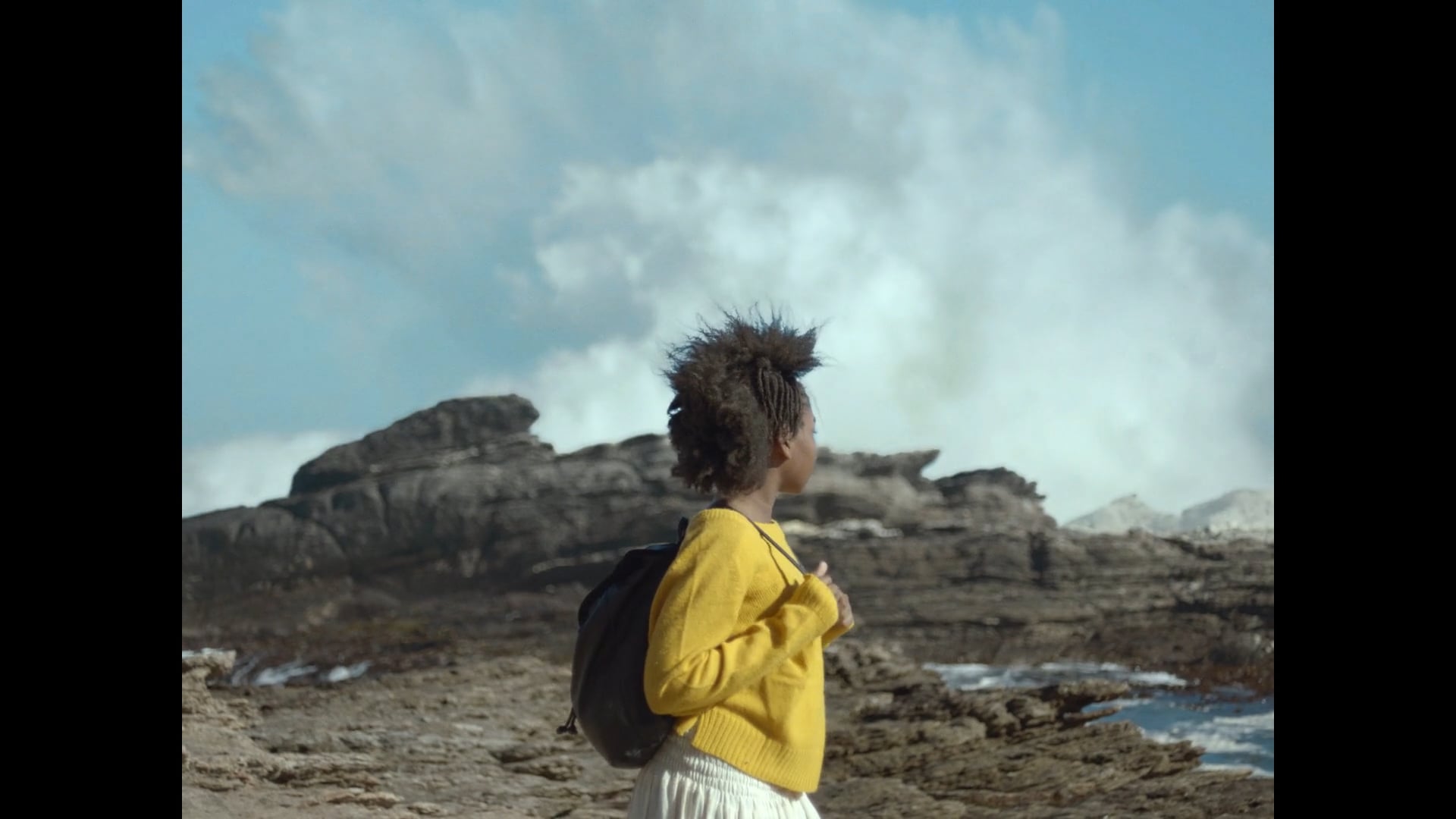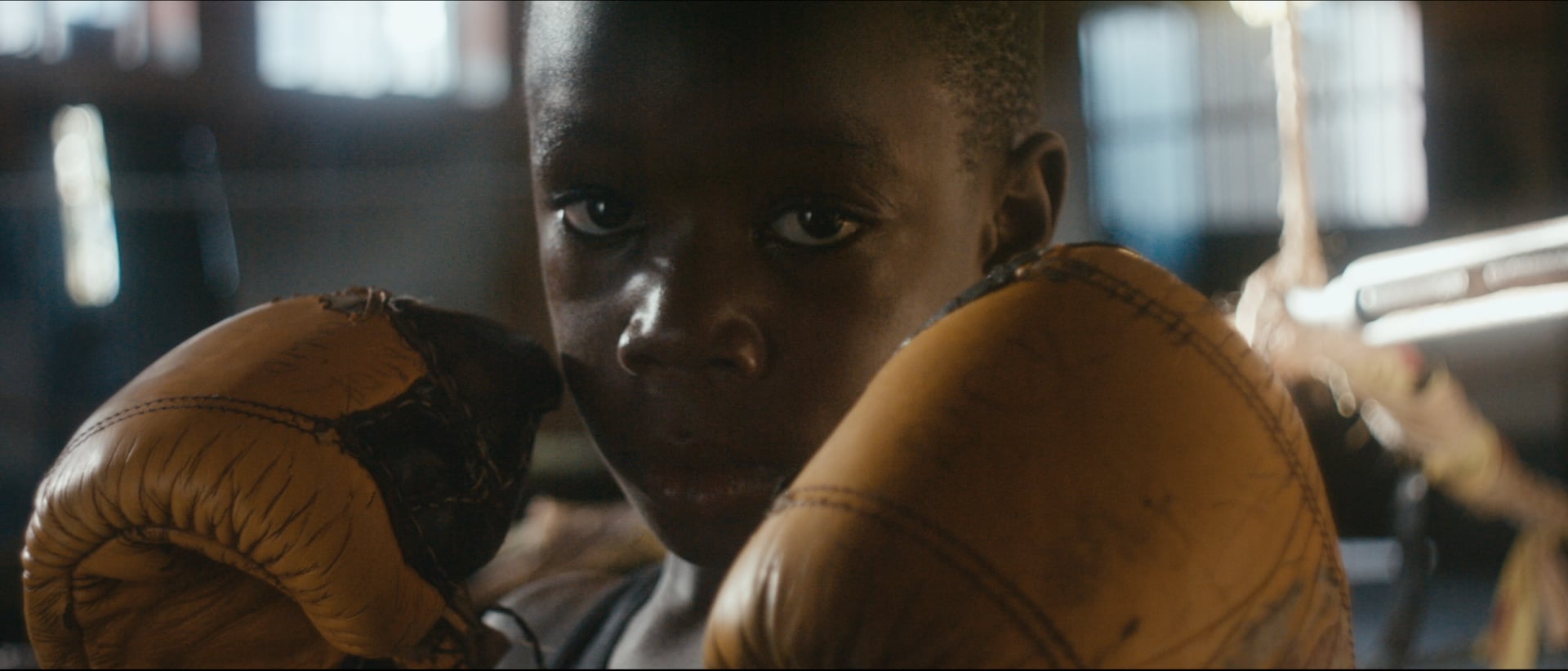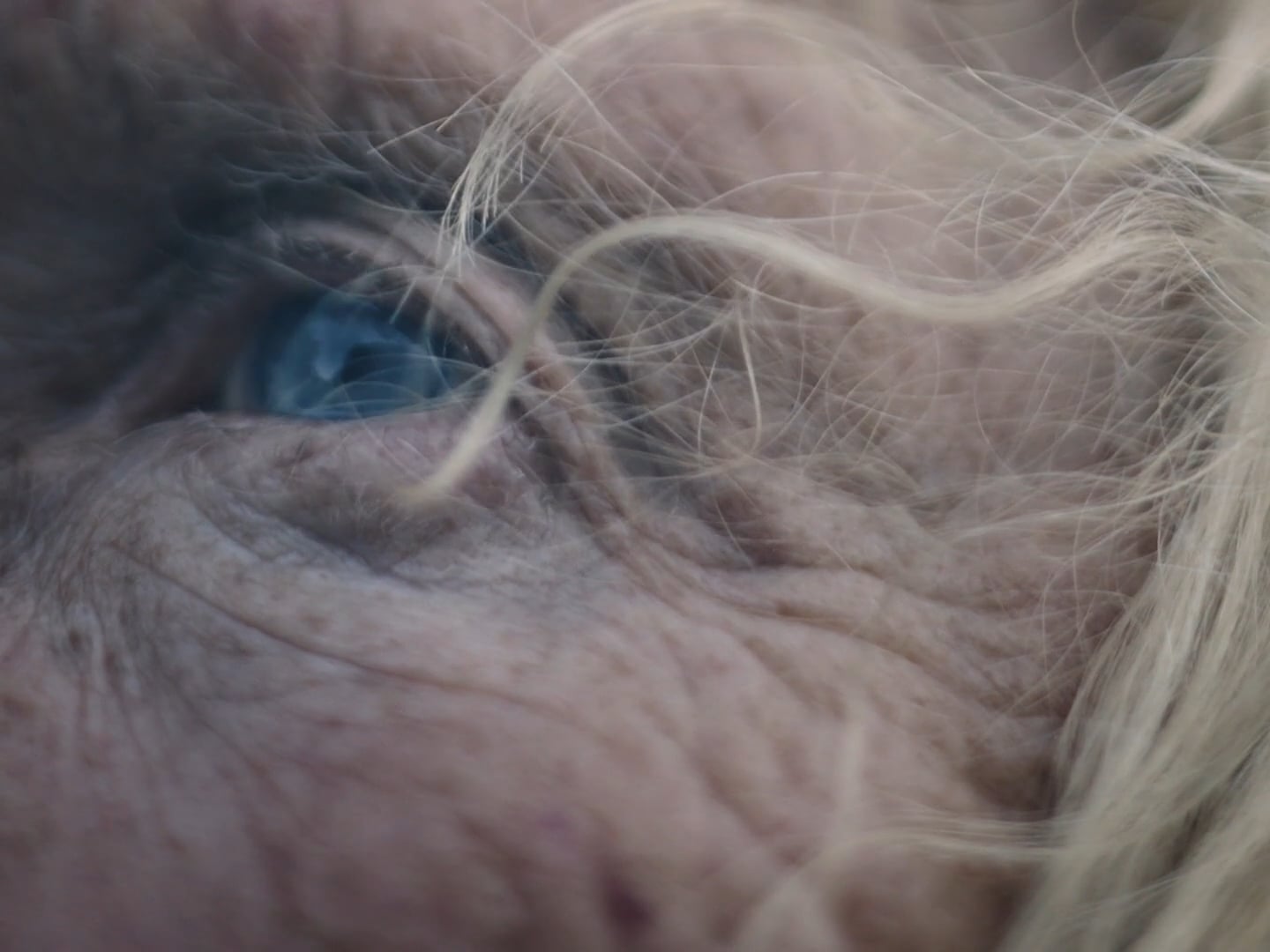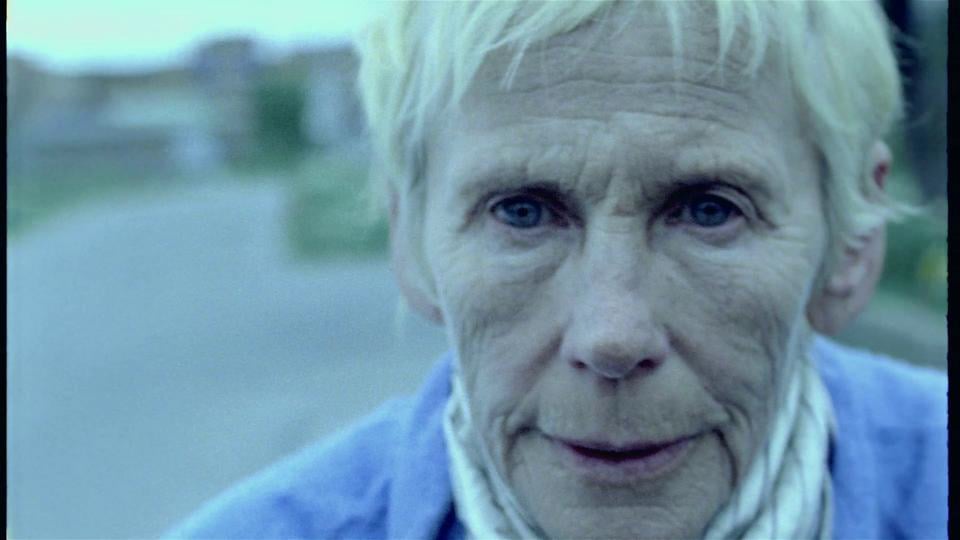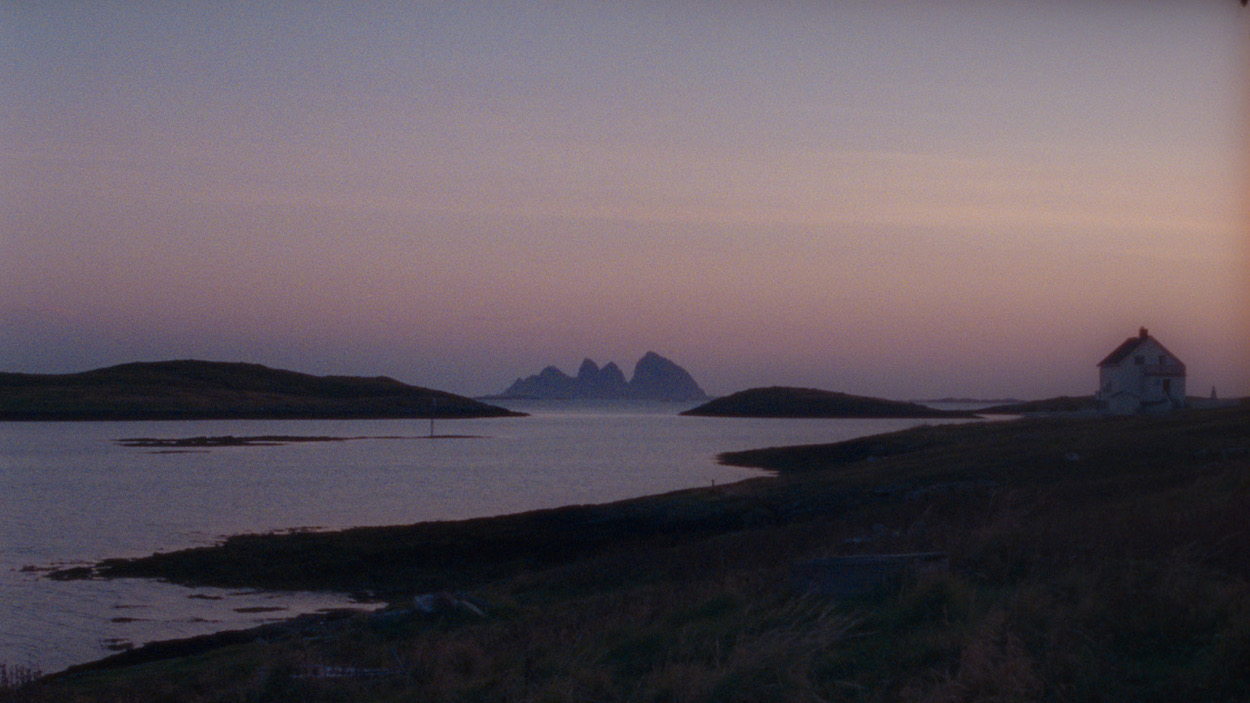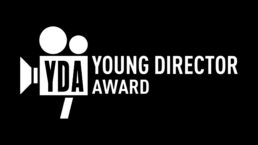Eilif Bremer Landsend, you live in Tromso. One can hardly go further north in the Artic Circle.
For me, the north and the Arctic is one of the world’s most interesting regions. We have the nature, the remoteness, many different people, a rich history and real societal challenges. We are on the edge of the world. Also, politically it’s an interesting area – we are bordering towards Russia and we are “close” to the North Pole. Climate change is very real up here; we see the changes quite quickly in the north.
Has Tromsø always been your hometown? What is the appeal of living somewhere so remote?
Tromsø is my hometown. My parents are from the south of Norway, but we moved to Tromsø when I was a year old. I really like to live here – people are open and fun. And there are so many stories to tell and inspiration to find. I also find that people from abroad really want to come to Tromsø and even live here. It’s quite a big international community here, in addition to Tromsø being a student town. It makes for a vibrant city.
Tell us about making Sju Mil and about Turid, How old was she?
Turid was 80 years old − she looked older, I think. I met her the first time I was on the island working on another project. She struck me as an interesting person, with her warm and interesting face, her humour, the strong life story and her passion for the little island. She also reminded me of my grandmother.
I was supposed to make a documentary-style music video with her a few years ago, but she fell ill. And then last October there was a window to film a doc about her and we just did it. I felt I had to tell her story and I’m glad I did before she died. It felt like a big gift. The film was not commissioned by anyone, It was made from my heart.
What led you to filmmaking?
Well, I think my family have always been creators and storytellers. My mother is a ceramic artist and my father is a priest. So, in a way, my family has been telling stories. We have used nature a lot, so that has given me a nice upbringing.
When I was 12 my mother put me in a film workshop for kids and youth, a local cultural house for young people in Tromsø called Tvibit. I attended film workshops and film groups, made several short films and got the chance to teach film to other young people in Russia, South Africa and Kenya. I’ve travelled a lot in those countries.
I made my first low-budget feature film when I was 23. We were only young people behind the camera. It was like a film school, though I have never gone to one. However, I was educated at a school called Kaospilot, a creative process and creative leadership school in Aarhus, Denmark. It was great. And because film directing includes knowing a lot about leadership and process work, it was very relevant.
How do you sustain your filmmaking now?
Right now, I am working with NRK (the Norwegian broadcaster) to make documentary series and other films. In addition, I have many projects and collaborations on going. Through my film life I have collaborated with so many great and talented people all over the world. It really gives me energy to keep working and exploring visual storytelling.
In Norway there are many funds to apply to, so I think if you really want to keep making films and stories then there are many good opportunities to do so. For me to live in the north as a filmmaker I feel I have a short time from the idea to actually starting to make something, and I like that.
I think storytelling is incredibly important now and I feel privileged to work with this medium.
Vimeo link
